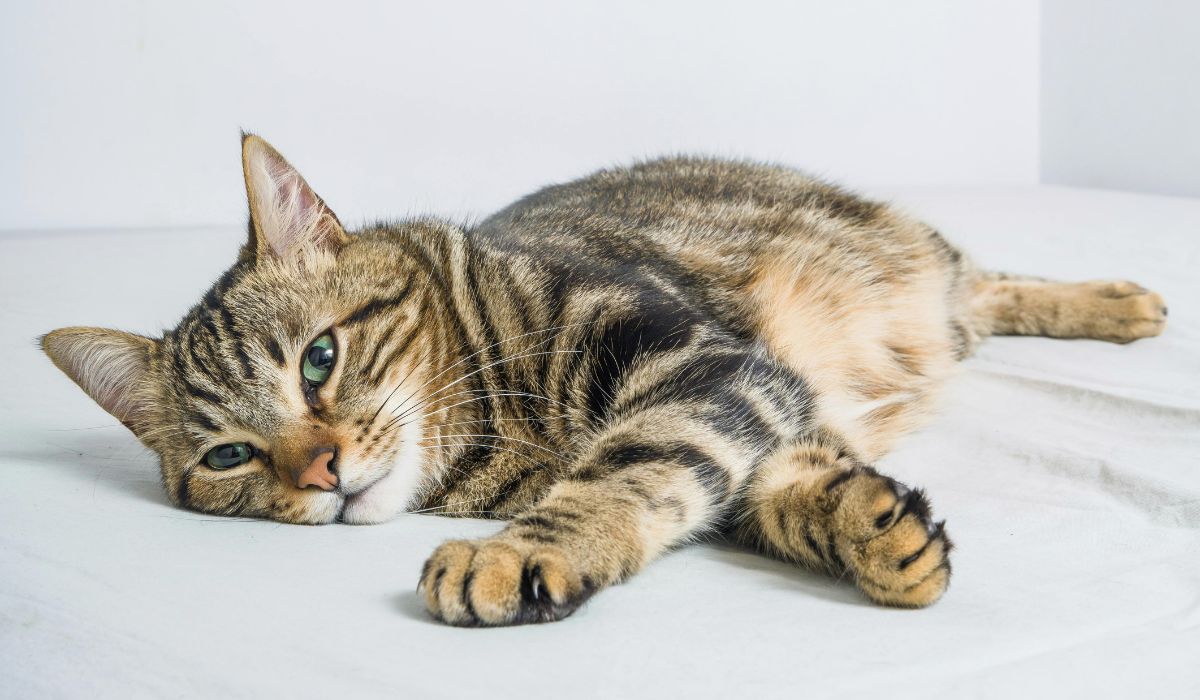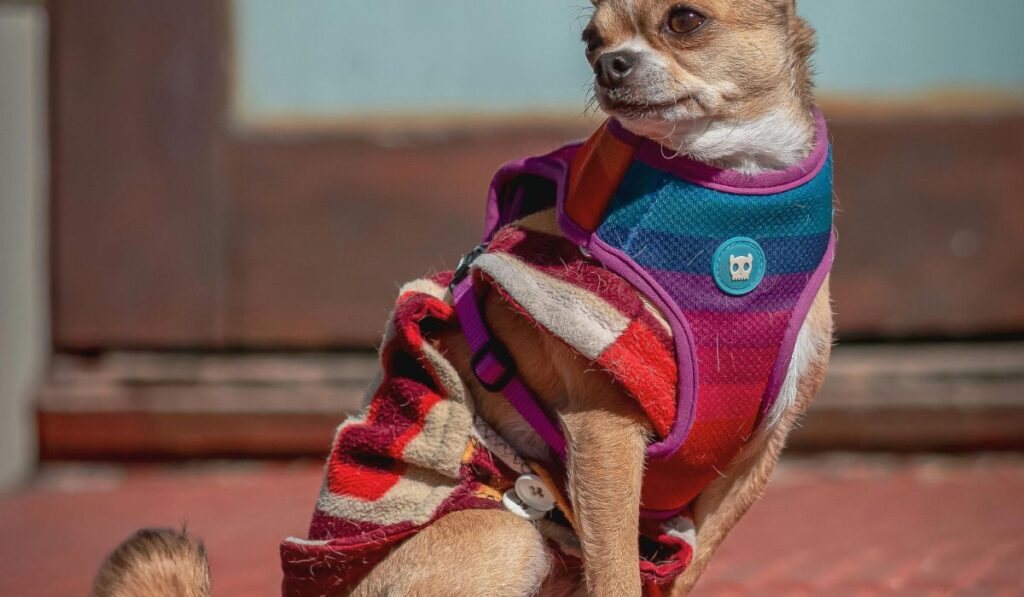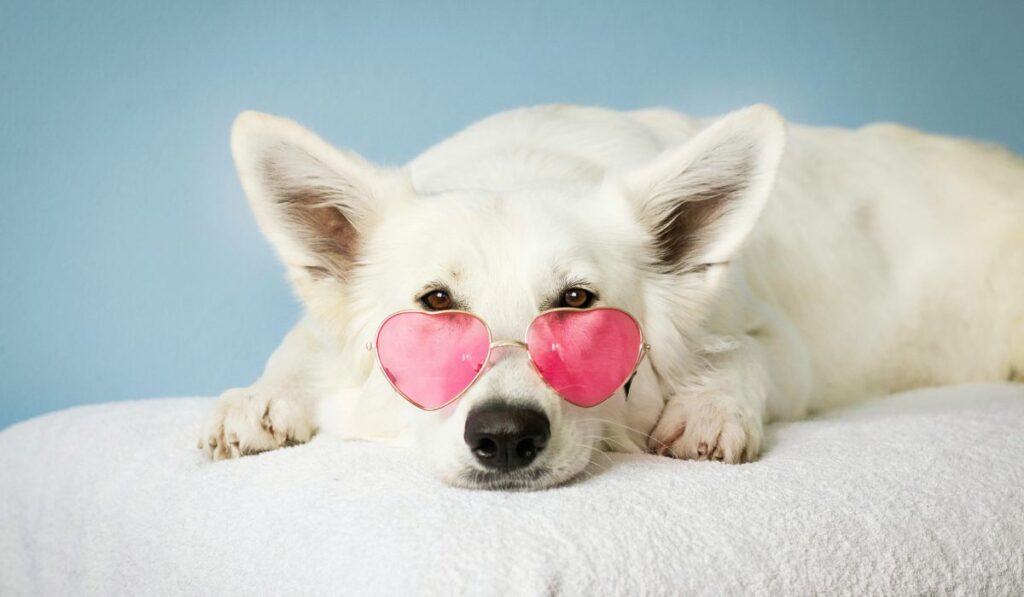How to get animal insurance?A health plan that an owner contributes to either monthly or annually in exchange for reimbursement of qualified veterinary costs is known as pet insurance. The owner pays the veterinarian in full when their pet is examined for a covered condition, and they subsequently file a claim with their insurance carrier for reimbursement, as specified by the policy’s terms. While some pet insurers cover other animals, the majority of pet insurance plans cover just dogs and cats.Nationwide provides covers for exotic pets including birds and reptiles, and ASPCA Pet Health Insurance offers plans specifically for horses.
How Do Policies for Pet Insurance Operate?
The main mode of operation for pet insurance is reimbursement. This essentially implies that you pay the veterinarian up front and then submit a claim to get your qualified costs reimbursed. Certain veterinarians are paid directly by some corporations, such as Trupanion, so your only out-of-pocket expenses will be for ineligible services.
Your premium and the maximum amount you can recover are affected by the deductible, reimbursement percentage, and annual limit that you select when buying a pet insurance policy.
How to get animal insurance
Allowances for Deductions
The amount of money you have to spend out-of-pocket for veterinarian care before your pet insurance coverage begins is known as your deductible. Your monthly premium amount for pet insurance may vary depending on your deductible, just as for other insurance types. Generally speaking, the premium decreases as the deductible increases.
Pet insurance deductibles are usually offered in two varieties: annual and per-incidence. Every time your pet gets a new ailment, you will be responsible for paying a new deductible. This is known as per incident. Similar to human insurance, an annual deductible means that after you’ve reached the deductible in a given year, your insurance will cover the remaining amount (minus your reimbursement rate).
Rates of reimbursement
The reimbursement rate is the portion of your vet bills that your insurance provider will pay after you’ve reached your deductible. These typically cover 70% to 90% of the total cost of care; some providers may cover as little as 50% and others up to 100%. You will receive a greater reimbursement for the care of your pet if you choose a higher proportion. Keep in mind that premium payments may increase in response to a greater reimbursement rate.
yearly restrictions
Annual coverage limits, or the maximum amount you will be reimbursed over a 12-month period, are commonly included in pet insurance contracts. From roughly $2500 to limitless coverage (although those with unlimited annual coverage may set a lifetime limit), these restrictions vary greatly throughout insurers.
Like the reimbursement rate, your premium increases with your yearly limit. If you don’t reach your annual limit in a particular year, it doesn’t carry over to the following one.
Procedure for claims
While the procedures for filing claims and getting reimbursed can differ, they usually operate as follows:
- Make an appointment with the veterinarian.
- Take your animal companion to the vet.
- Pay the entire amount due to the veterinarian.
- Include a copy of the bill with your online or mobile app claim from the pet insurance.
- After the claim has been approved by the pet insurance provider, you will receive your allowed reimbursement by mail or direct transfer.
Depending on the insurance company, the extent of the injury or illness, and other factors, the evaluation and approval process may require several days, several weeks, or even a month.
What Is Not Covered by Pet Insurance?
Pre-existing diseases, non-vet-related expenses, and routine care are the main veterinarian charges that pet insurance does not cover, unless you have a routine or wellness plan. Particular instances consist of:

Read also:https://www.investopedia.com/pet-insurance-5188383
Pregnancy in Breeding
- Cosmetic operations like tail docking, dew claw removal, and ear cropping
- DNA analysis
- accidents or diseases brought on by racing, violence, abuse, or neglect
- Procedures that are optional
- Preventive measures
- Trial remedies
Previously existing conditions
Pre-existing conditions are typically not covered by pet insurance companies. These include ailments for which your pet received a diagnosis and treatment as well as those for which they only had symptoms.
Certain pet insurance companies will consider preexisting diseases when determining which ones are incurable and which ones are treatable. Providers may cover an illness in the future if it is determined to be curable, provided that the condition does not reoccur within a predetermined time frame. For instance, if a recurrence occurs at least a year after the previous episode, Embrace will cover treatable illnesses.
If your pet has a previous ailment, you can still obtain pet insurance coverage; just be prepared for the possibility that your pet won’t be covered for that specific disease or injury.
Waiting times
The interval of time between obtaining a new insurance and the formal start of accident and illness coverage is known as the waiting period. There are typically differences in the waiting periods for sickness and accidents, and the length of time varies amongst pet insurance.The majority of waiting times fall between one and two weeks. Additionally, some insurance companies have 12-month waiting periods for orthopedic disorders like cruciate ligaments.


